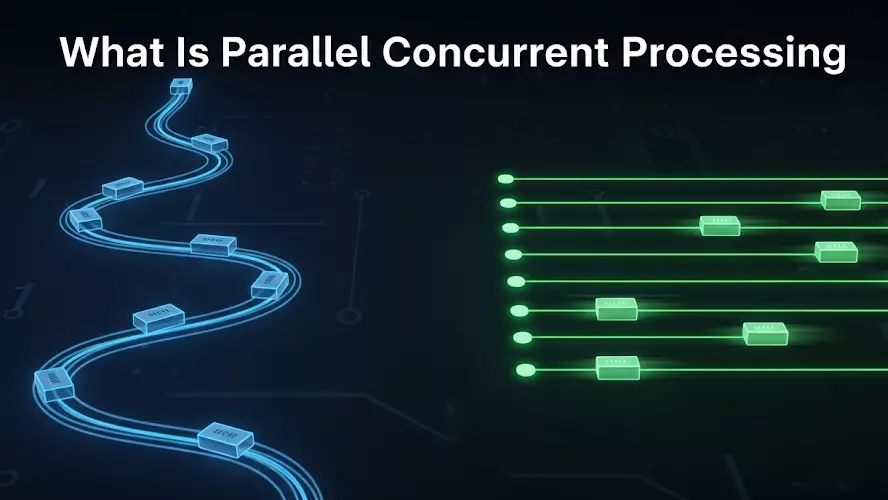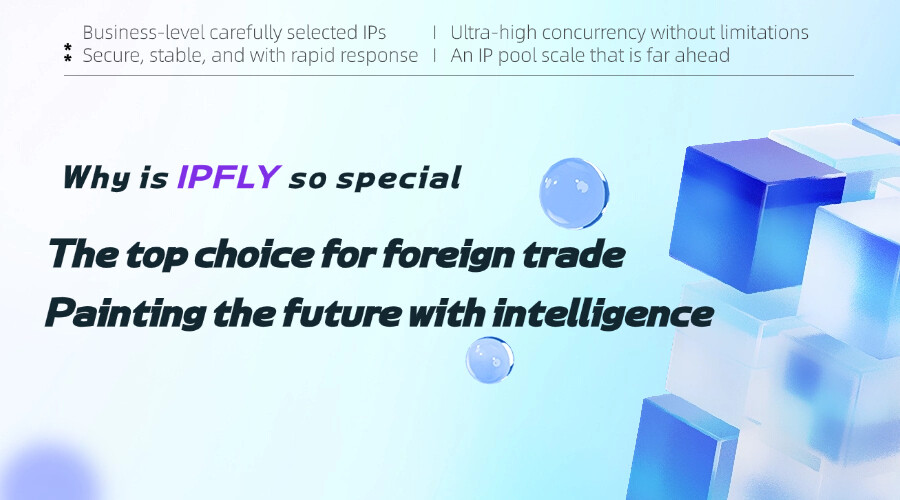Technology today runs on speed, efficiency, and the ability to handle massive amounts of data. At the core of this efficiency lies parallel concurrent processing, a method that allows computers and networks to perform multiple tasks at the same time. From cloud platforms to AI-driven systems, this approach is everywhere—even in how businesses manage data securely using proxy networks.
In this guide, we’ll explore what parallel concurrent processing is, why it matters, its benefits, use cases, and how it connects with modern networking technologies.

What Is Parallel Concurrent Processing?
At its core, parallel concurrent processing refers to running multiple computations or tasks simultaneously, rather than one after another. The two key concepts here are:
- Parallel processing: Splitting a task into smaller chunks that are executed at the same time across multiple processors or cores.
- Concurrent processing: Managing many tasks at once, even if they are not being executed at exactly the same time, by efficiently switching between them.
When combined, parallel concurrent processing enables systems to deliver faster results, manage higher workloads, and optimize resource usage.
Why Does Parallel Concurrent Processing Matter in 2025?
The amount of data processed globally is growing at an exponential rate. Businesses rely on systems that can handle millions of transactions, analytics requests, or network interactions every second. Without parallel concurrent processing, modern technologies such as AI, cloud computing, big data analytics, and secure proxy networks would not operate effectively.
For example, a global proxy provider like IPFLY, which maintains over 90 million IPs across 190+ countries and regions, benefits from parallel concurrent strategies. Large-scale proxy networks require the ability to handle vast numbers of simultaneous connections, and efficient processing ensures that user requests remain stable and secure.
Benefits of Parallel Concurrent Processing
Speed and Efficiency
Tasks that might take hours on a single processor can be completed much faster when divided among multiple processors.
Scalability
As demands grow, parallel systems can scale horizontally, adding more resources to maintain performance.
Resource Utilization
Idle processors or servers are minimized, ensuring maximum efficiency.
Resilience in Networking
Distributed processing across nodes makes networks more reliable. Proxy providers like IPFLY rely on resilient infrastructure to maintain high success rates for user connections.
Real-World Use Cases

- Big Data and Analytics
Processing large datasets in real-time requires multiple tasks to run simultaneously. Parallel concurrent processing makes this possible, powering industries like finance, healthcare, and e-commerce.
- Artificial Intelligence
Training large machine learning models involves billions of calculations. Parallelization allows AI to scale and learn faster.
- Networking and Proxy Services
Handling thousands of simultaneous connections is only possible with concurrent task management. IPFLY, with its dynamic residential proxies, static residential proxies, and dedicated datacenter proxies, ensures that large-scale requests are efficiently processed and delivered.
- Cloud Computing
Data centers running virtual machines for global users depend on parallel processing to serve requests without delay.
Challenges in Parallel Concurrent Processing
While powerful, this approach is not without challenges:
- Complexity in Programming: Writing efficient parallel programs requires careful synchronization.
- Race Conditions: Without proper controls, tasks might interfere with one another.
- Hardware Limitations: Not all systems can scale infinitely with more processors.
- Cost: Infrastructure that supports parallel workloads requires investment.
For proxy networks, these challenges translate into designing robust systems that can handle billions of requests without sacrificing speed or security.
Parallel Processing and Proxy Networks: The Connection
Proxy networks are a prime example of where parallel concurrent processing plays a critical role. With millions of users accessing resources across different locations, a single-threaded system would break under pressure. Instead, proxies rely on parallel handling of requests.
The Future of Parallel Concurrent Processing
Looking forward, the role of parallel concurrent processing will only expand. With emerging technologies such as 5G, blockchain, metaverse applications, and IoT, the demand for scalable computing will grow. Proxy networks, too, will continue to rely on parallel strategies to manage increasingly complex user needs.
Conclusion

Parallel concurrent processing is not just a technical concept—it’s the backbone of how today’s digital systems function. From powering AI to securing global proxy networks, its impact is everywhere.
For businesses and developers, understanding how parallelism and concurrency work is crucial to building scalable and efficient systems. And for users who rely on secure, large-scale proxy services, solutions like IPFLY’s 90M+ IP pool, self-built servers, and dynamic residential proxies are a direct demonstration of these principles in action.
By 2025 and beyond, parallel concurrent processing will continue shaping the way we handle data, build networks, and power the digital economy.
Dive deeper into proxy solutions by joining the IPFLY Telegram channel.


